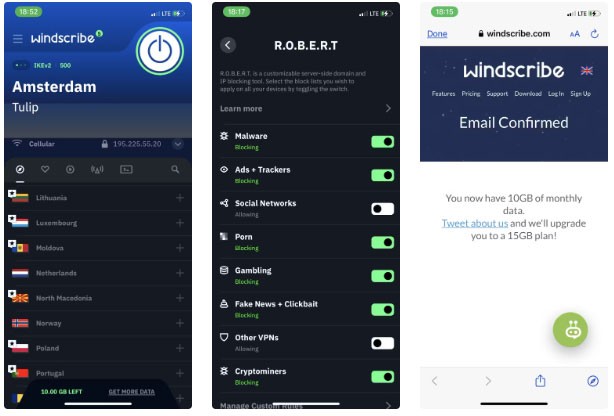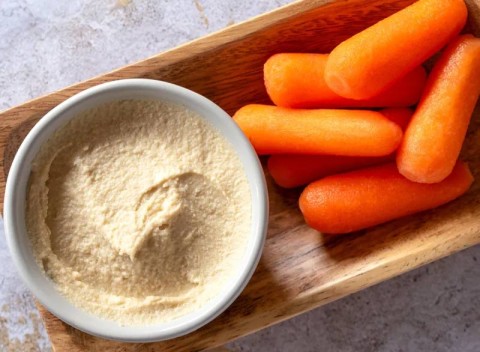The Best Diets for Heart Health

In addition to regular exercise and not smoking, diet is one of the best ways to protect your heart. Here are the best diets for heart health.
The chinstrap penguin (Pygoscelis antarcticus) on King George Island, Antarctica, takes several short naps instead of one long sleep so it can continuously watch over its eggs and chicks.

Strapback penguins take more than 10,000 naps a day, each lasting just four seconds. They sleep for about 11 hours a day, while still being able to constantly watch over their nests, protecting their eggs and chicks from predators.
This is the result of a new study conducted by expert Paul-Antoine Libourel at the Lyon Neuroscience Research Center and colleagues.
One of the main predators of chinstrap penguin eggs on King George Island is the brown skua (Stercorarius antarcticus). They often steal eggs from the outer nests, which are not protected by the parents.
Pairs of chinstrap penguins often split up, with one staying behind to guard the nest and the other going out to sea to forage. The one that stays home must constantly be on the lookout to protect the eggs or chicks from predators such as skuas or other penguins.
The team monitored 14 penguins with eggs in their nests. They measured sleep-related brain activity and changes in body posture using data loggers. The results showed that the nestlings could sleep both standing and lying down, with nearly 72% of their short-wave sleep (SWS) lasting less than 10 seconds. The parent penguins had about 600 SWS episodes per hour, a number that increased while they were incubating their eggs. The depth of sleep increased slightly around noon, when the risk of predation was likely to be lowest.
In addition to regular exercise and not smoking, diet is one of the best ways to protect your heart. Here are the best diets for heart health.
Diet is important to our health. Yet most of our meals are lacking in these six important nutrients.
At first glance, AirPods look just like any other true wireless earbuds. But that all changed when a few little-known features were discovered.
In this article, we will guide you how to regain access to your hard drive when it fails. Let's follow along!
Dental floss is a common tool for cleaning teeth, however, not everyone knows how to use it properly. Below are instructions on how to use dental floss to clean teeth effectively.
Building muscle takes time and the right training, but its something anyone can do. Heres how to build muscle, according to experts.
The third trimester is often the most difficult time to sleep during pregnancy. Here are some ways to treat insomnia in the third trimester.
There are many ways to lose weight without changing anything in your diet. Here are some scientifically proven automatic weight loss or calorie-burning methods that anyone can use.
Apple has introduced iOS 26 – a major update with a brand new frosted glass design, smarter experiences, and improvements to familiar apps.
Yoga can provide many health benefits, including better sleep. Because yoga can be relaxing and restorative, its a great way to beat insomnia after a busy day.
The flower of the other shore is a unique flower, carrying many unique meanings. So what is the flower of the other shore, is the flower of the other shore real, what is the meaning and legend of the flower of the other shore?
Craving for snacks but afraid of gaining weight? Dont worry, lets explore together many types of weight loss snacks that are high in fiber, low in calories without making you try to starve yourself.
Prioritizing a consistent sleep schedule and evening routine can help improve the quality of your sleep. Heres what you need to know to stop tossing and turning at night.
Adding a printer to Windows 10 is simple, although the process for wired devices will be different than for wireless devices.
You want to have a beautiful, shiny, healthy nail quickly. The simple tips for beautiful nails below will be useful for you.













